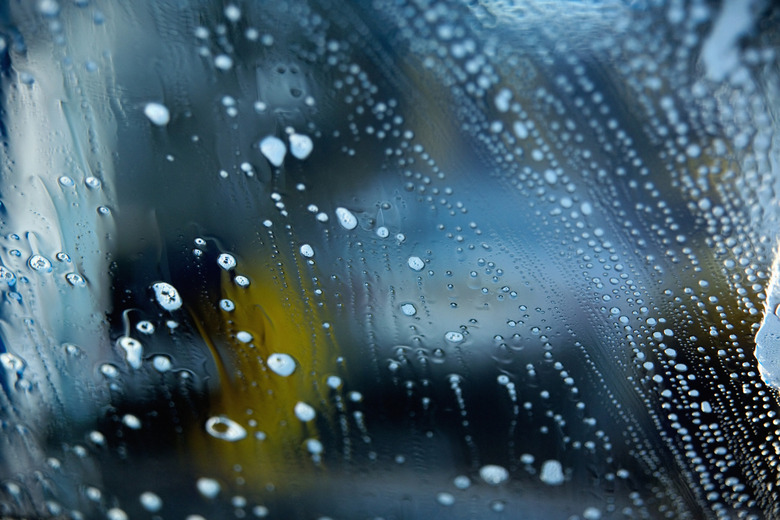What Are Some Common Household Acids & Bases?
The concentration of free hydrogen atoms is what determines a solution's acidity or alkalinity. This concentration is measured by pH, a term that originally referred to the "power of hydrogen." Household chemicals that are acidic generally have a sour taste — although tasting is not recommended — and those that are alkaline taste bitter.
Acids
Acids
Two of the most sour items in any kitchen are lemon juice, which contains citric acid, and vinegar, which contains acetic acid. Both have pH values around 2.5, which means that they are strongly acidic; any solutions with a pH below 7 are acidic, and any with a pH above 7 are alkaline. In fact, any sour juice is acidic, as are tangy carbonated beverages that contain phosphoric acid.
Bases
Bases
One of the most common bases in any home is baking soda, or sodium bicarbonate, although with a pH of 8.2, it is only slightly alkaline. The chemicals you use to clean your drain are far more alkaline; sodium hydroxide, also known as caustic soda, has a pH of 12.0. Ammonia and laundry detergent, with pH values of 8.3 and 9.4, respectively, are also bases.
Cite This Article
MLA
Deziel, Chris. "What Are Some Common Household Acids & Bases?" sciencing.com, https://www.sciencing.com/common-household-acids-bases-6370805/. 24 April 2017.
APA
Deziel, Chris. (2017, April 24). What Are Some Common Household Acids & Bases?. sciencing.com. Retrieved from https://www.sciencing.com/common-household-acids-bases-6370805/
Chicago
Deziel, Chris. What Are Some Common Household Acids & Bases? last modified March 24, 2022. https://www.sciencing.com/common-household-acids-bases-6370805/
